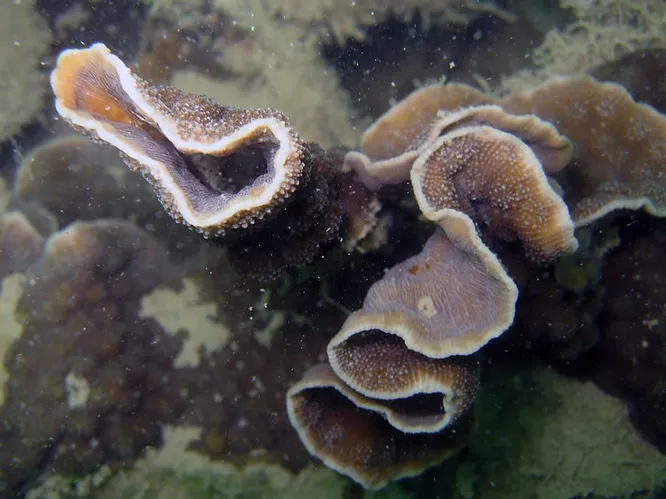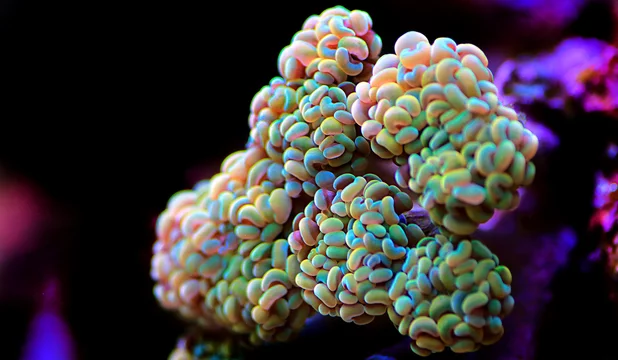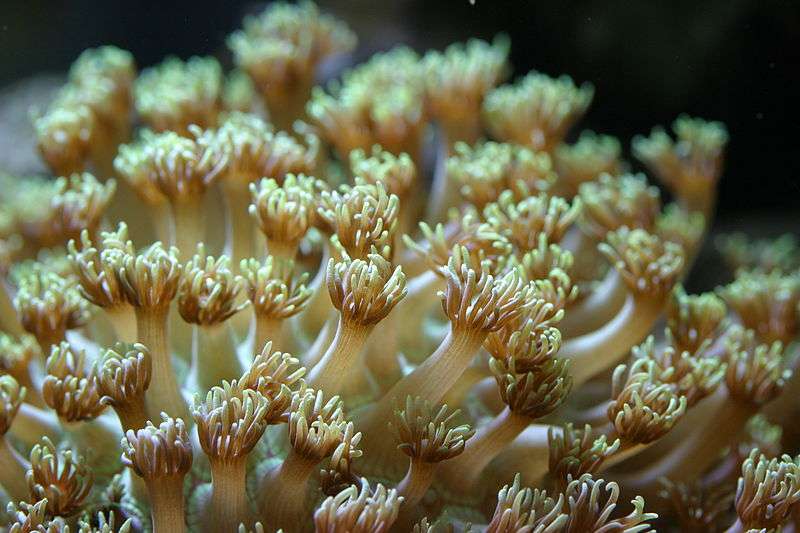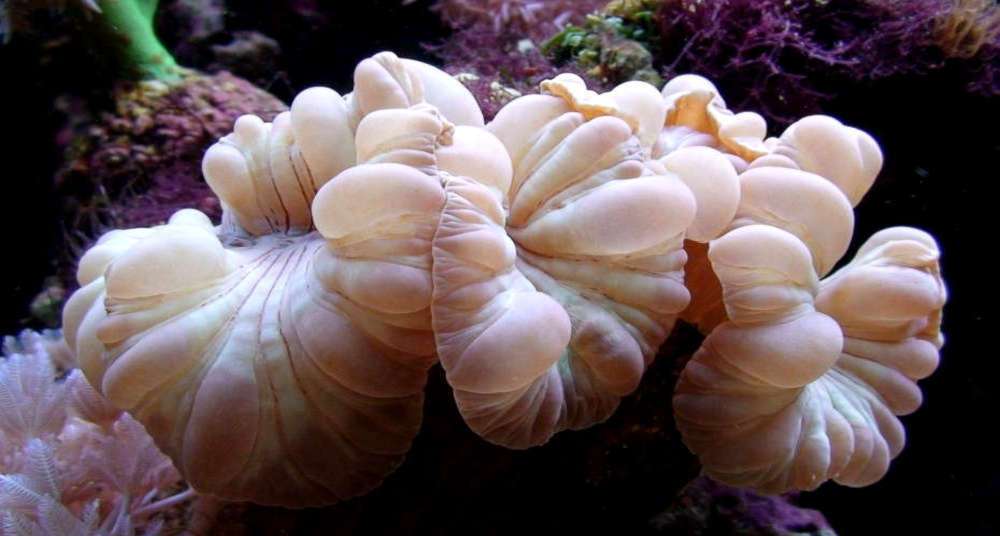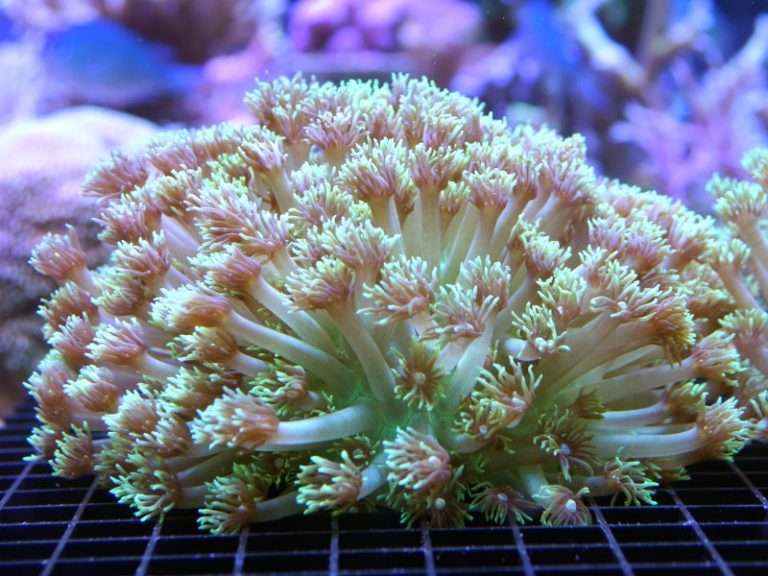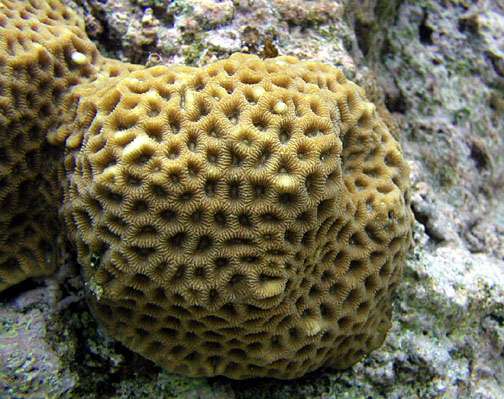Hedgehog Coral
Clown Goby species from the genus Gobiodon are frequently observed bopping around the surface of the Echinopora genus. They coexist peacefully with Acroporas and Hedgehog Corals, much like a clownfish and an anemone. If you give them lots of room to establish their own territories, these content Clown Gobies might even spawn in the reef […]


